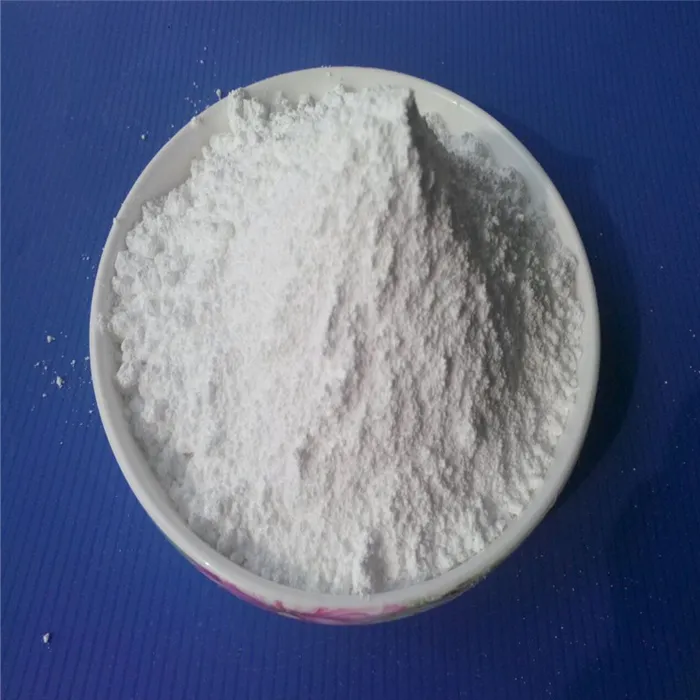Understanding Active Pharmaceutical Ingredient (API) Regulations
In the pharmaceutical industry, the quality, safety, and efficacy of medications are of paramount importance. One critical aspect that influences these factors is the Active Pharmaceutical Ingredient (API). APIs are the components of a drug responsible for its pharmacological effects. Given their significance, the regulation of APIs is a vital component of drug development and manufacturing processes across the globe.
APIs must comply with stringent regulations to ensure that they meet acceptable standards of quality and safety. Regulatory agencies, such as the U.S. Food and Drug Administration (FDA), the European Medicines Agency (EMA), and the World Health Organization (WHO), have established comprehensive guidelines governing the production and quality control of APIs. These regulations are designed to protect public health while ensuring that pharmaceuticals are effective and free from contamination or harmful substances.
One of the key regulatory frameworks for APIs is Good Manufacturing Practice (GMP). GMP sets forth the minimum requirements that manufacturers must meet to ensure their products are consistently high in quality. This includes adequate facilities, equipment maintenance, quality control procedures, and proper documentation practices. Following GMP guidelines helps mitigate risks, including contamination, mix-ups, and errors, which could lead to ineffective or unsafe products entering the market.
Additionally, the regulatory landscape often requires manufacturers to conduct extensive testing and validation of their APIs. These include stability studies, which assess how the API performs over time under various environmental conditions. The results of these studies must be documented and submitted to regulatory agencies as part of the New Drug Application (NDA) or Abbreviated New Drug Application (ANDA) processes. This rigorous evaluation ensures that APIs maintain their efficacy and safety throughout their shelf life.
active pharmaceutical ingredient regulations

Moreover, as the pharmaceutical industry continues to globalize, the harmonization of regulatory standards has become increasingly necessary. Organizations such as the International Council for Harmonisation of Technical Requirements for Pharmaceuticals for Human Use (ICH) work to develop guidelines that can be adopted worldwide. The goal is to enhance the efficiency of pharmaceutical development while ensuring that the regulatory requirements across different regions are aligned to safeguard consumer health.
Regulatory compliance is not just about meeting initial manufacturing requirements. There is also an ongoing commitment to quality throughout the product’s life cycle. This includes post-market surveillance activities that monitor the performance of the API in real-world conditions. Companies must also have systems in place to quickly assess and respond to any issues that arise once the API is on the market, including potential recalls and adverse event reporting.
Ethical considerations also shape API regulations. The necessity for transparency in the production and testing processes cannot be overstated. Manufacturers are increasingly expected to provide detailed information regarding their sourcing, processes, and potential impacts on the environment. This level of openness fosters trust between consumers and pharmaceutical companies, contributing to overall public health objectives.
In conclusion, active pharmaceutical ingredient regulations play a crucial role in ensuring the integrity of pharmaceuticals. By adhering to these regulations—ranging from Good Manufacturing Practices to ongoing quality assurance—manufacturers can help guarantee that their products are safe and effective for consumers. As the industry evolves, ongoing dialogue among regulatory bodies, manufacturers, and healthcare professionals will be essential to adapt to new challenges and innovations in the pharmaceutical landscape, ultimately leading to better health outcomes worldwide.

